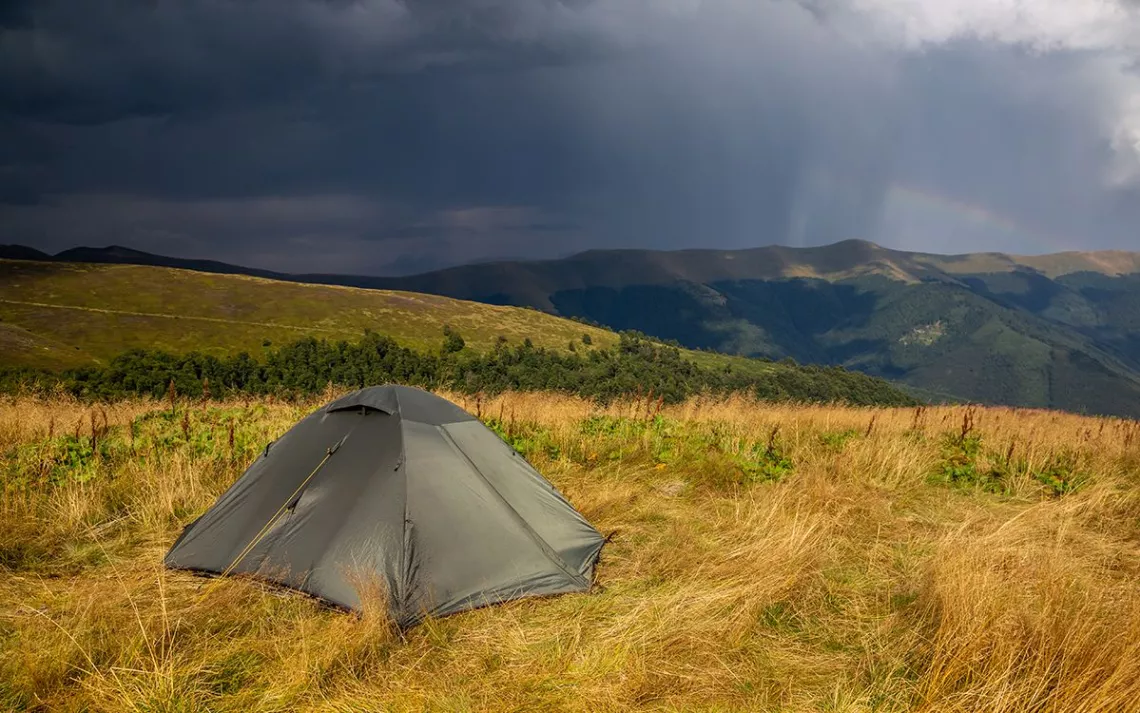Outerwear to Shield You From Rain—and Forever Chemicals
How to buy PFAS-free rain gear
I learned the importance of reliable rain gear the hard way. A scant 20 minutes into a National Outdoor Leadership School backpacking course through Arctic Norway and Sweden, it started raining—and rarely stopped. Of the 12 days our group squelched across the tundra, the sky poured on all but one. My rain jacket’s waterproofing wore out, and I remained damp and pruned for the entirety of the trip.
Character-building experiences like that one aside, I’d prefer to stay dry. I’ve since upgraded my gear, which can now stand up to the perpetual drizzle of life in my Pacific Northwest home.
Before, I didn’t stop to think about what was in my gear; if it did its job, I used to not ask questions. But thanks to a growing movement to consider more critically how our gear and clothing are made—and what impact those materials may have on our environment and our health—I and many others are taking these factors into account.
Traditionally, modern rain gear achieves that magical water-repellent quality with chemicals called per- and polyfluoroalkyl substances (PFAS), which are sometimes referred to as PFCs (I’ve used them interchangeably here). There are scores of products containing these compounds, which repel not only water but also other substances like wine, food, oil, and much else of what clumsy humans tend to drop or spill. That means PFAS chemicals show up in carpet-cleaning products, food packaging, furniture, and cosmetics.
PFAS chemicals are often referred to as “forever chemicals” because they do not break down naturally—instead, they build up to toxic levels and are linked to cancer and a slew of other health problems. Though the federal government has ordered the phase-out of “long-chain” PFAS, short-chain alternatives—which are likely even more toxic—are still allowed.
The outdoor-gear industry has been slow to develop new technology that is waterproof, breathable, comfortable, and PFAS-free. Which, from a manufacturing perspective, is somewhat understandable: Landing on the right alchemy of fabrics and coating to create high-performing water-resistant rain gear, without PFAS, is not an easy task.
That said, a handful of companies are now advancing in this realm, creating rain gear that does its job without leaching harmful chemicals into the environment during the production process. They’ve invested years of research and development (and a lot of money) into getting to this point. Here is the—very short—list of companies with notable rain gear innovation achievements to share.
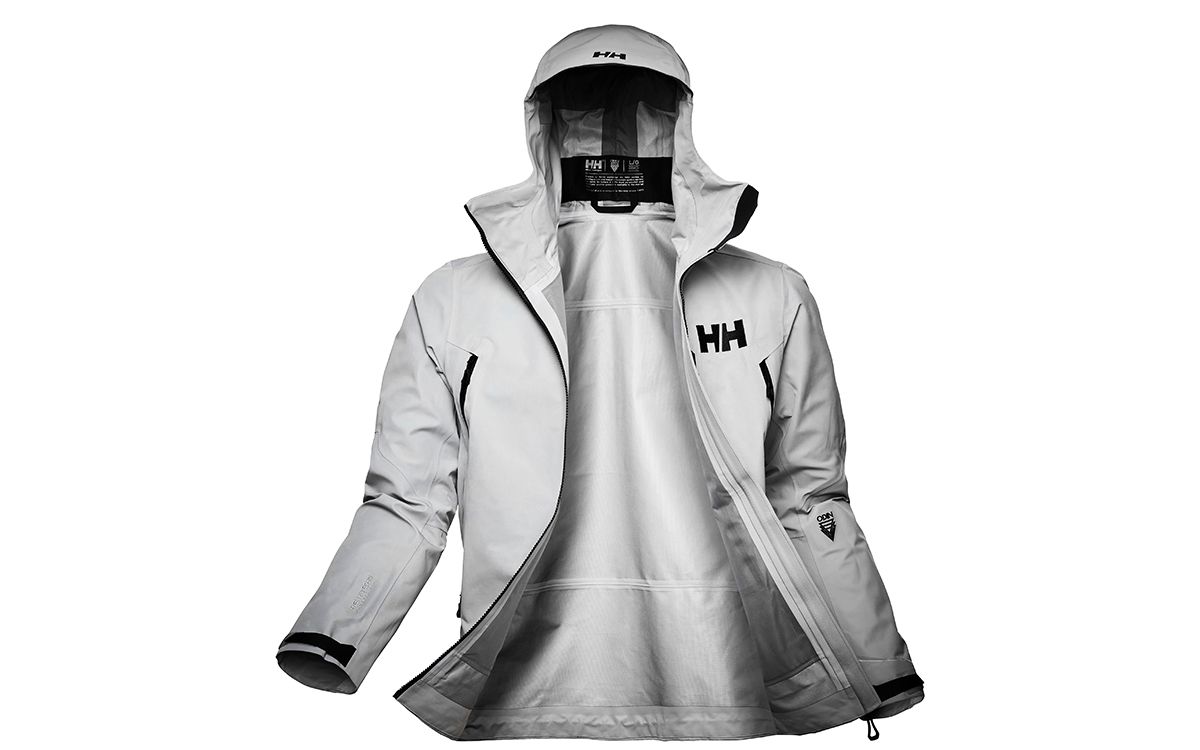
Helly Hansen
The Norway-based maker of sailing and ski gear rolled out its PFAS-free waterproofing technology late last year in a handful of its jackets. The company’s proprietary Lifa Infinity Pro innovation makes appearances in several items, like the Odin 9 Worlds Infinity 3L jacket (above) and pants, and the Verglas Infinity Shell Pant, the latter of which is also treated with a PFC-free durable water repellent finish (DWR). These items achieve water repellency without any chemicals—the fabric is woven in a special design that beads water at its surface, rather than letting it soak through. On the plus side—besides eschewing cancer-causing compounds—fabric is hardier than a chemical coating, which wears off over time. But some users are finding that these jackets feel a bit stiff compared with their chemical-soaked counterparts—again, showing how much of a challenge this development has been.
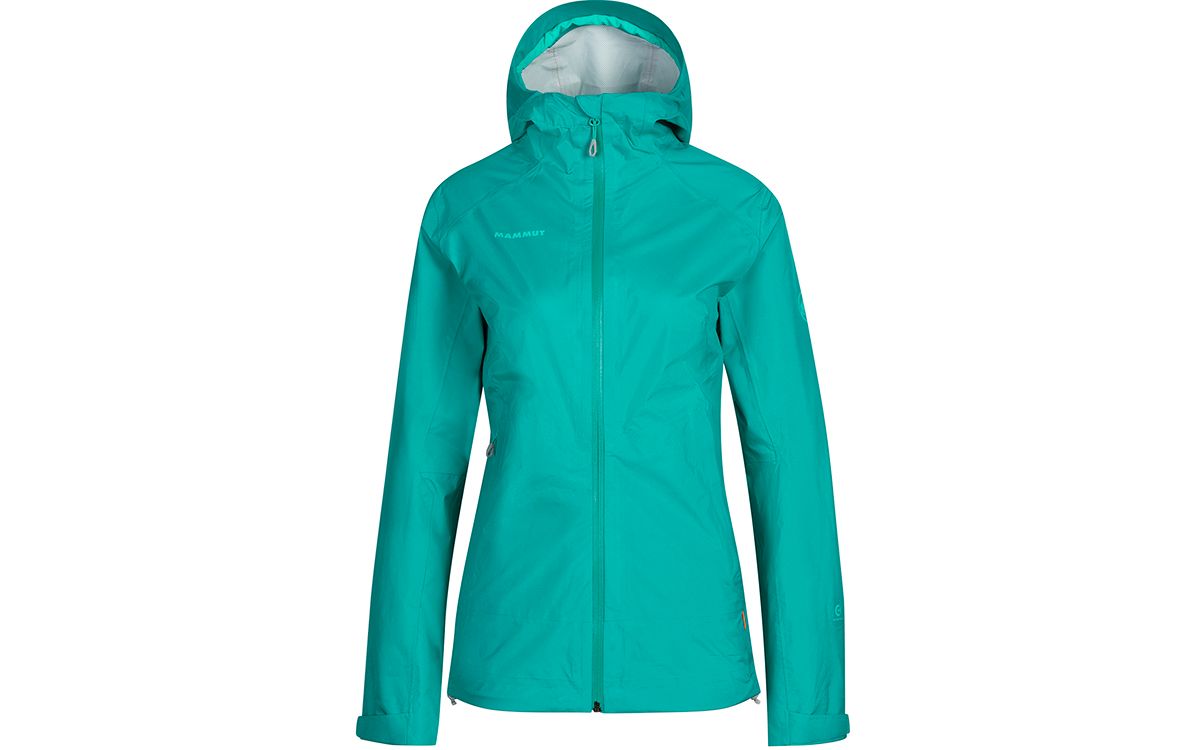
Mammut
The Swiss climbing, hiking, and ski-touring gear-maker now creates its Albula HS set—a rain jacket (above) and rain pants—without the use of PFAS. The main material layer for both items is built entirely from recycled polyester, and the DWR finish is PFC-free. The Albula set is designed for hiking, so the company felt the stakes were a little lower with regard to the performance of these items. Mammut reps say the company hit some snags in getting its higher-performance gear on the same PFAS-free footing, but the brand is continuing to innovate to be completely PFAS-free across all its clothing offerings by 2022, and across the entire brand by 2023. Keep in mind, though, that those goals apply to the supply chain—all these PFAS-free products wouldn’t hit the market for up to two years later.
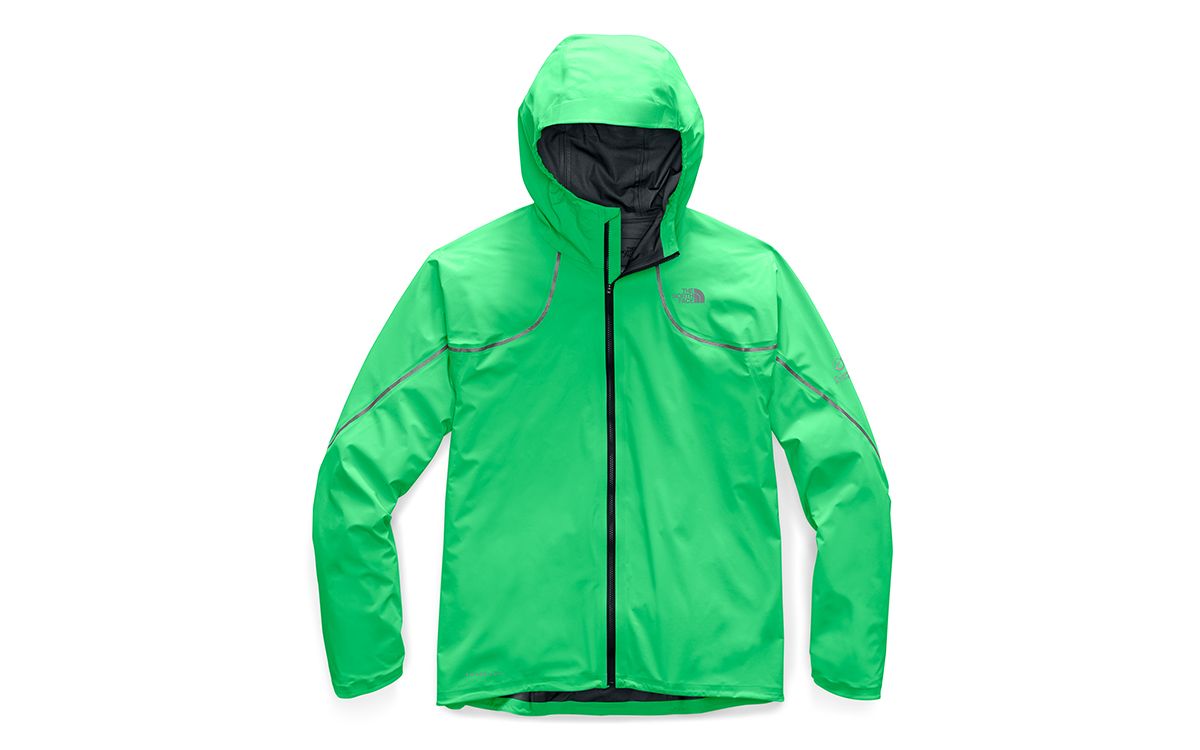
The North Face
In 2019, the North Face unveiled its Futurelight line, which consists of jackets, shoes, gloves, bibs, and rain pants. These products all use a breathable, waterproof material that’s also durable. The jackets (above) in this line are all treated with a PFC-free DWR, though the other products aren’t there quite yet. The North Face says its long-term goal is for all Futurelight products to be completely PFC-free, but that “select products are produced using a traditional DWR due to industry limitations.” Beyond Futurelight, the company is working with its suppliers to eliminate PFAS across the entire brand “as quickly as possible without sacrificing the high performance our consumers expect.”
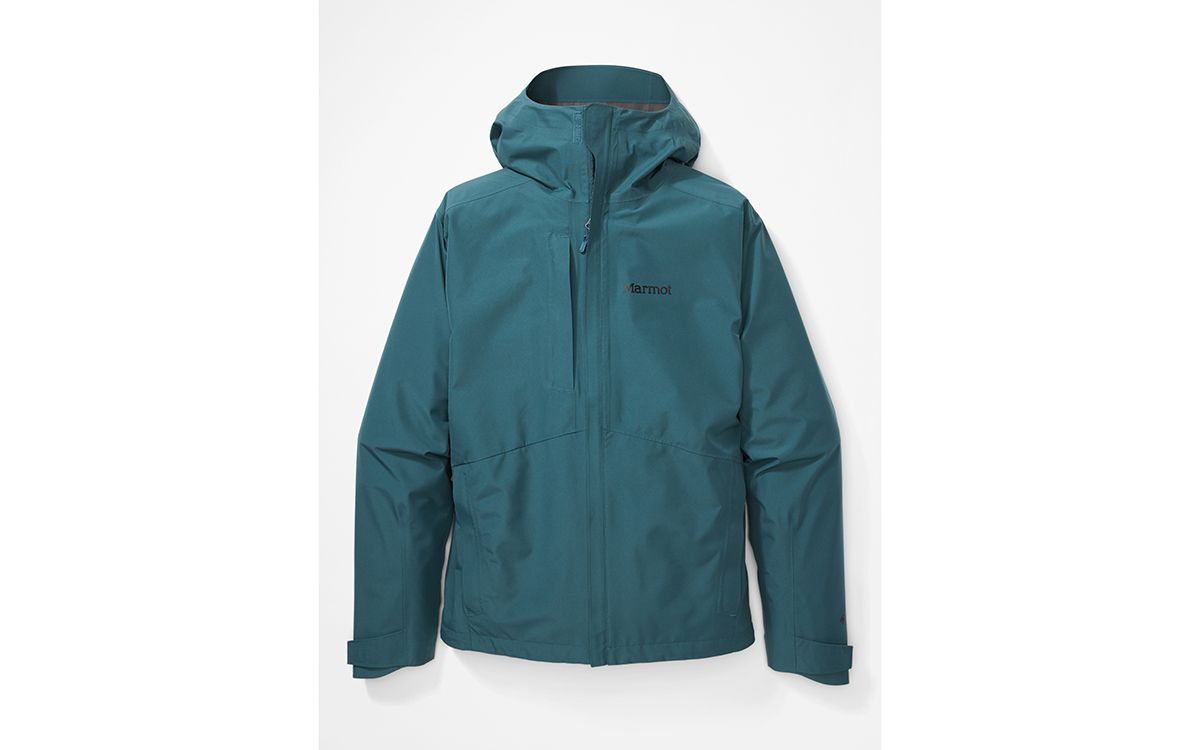
Marmot
When Marmot evaluated its products to figure out where to start with the transition away from PFAS, it zeroed in on the PreCip Eco—the company’s best-selling jacket (above). By starting here, Marmot figured it could make a big impact, and quickly. The PreCip uses a PFC-free DWR, and customers are rating this new version even higher than the previous jacket. Since the PFC-free PreCip launched in 2019, Marmot hasn’t received any complaints that the DWR fails. The company thinks the new DWR it’s using might be better than the previous carbon-based treatments, but it's still collecting data to be sure. Besides its PreCip, Marmot has a growing collection of PFAS-free clothing and is working to be completely free of PFAS.
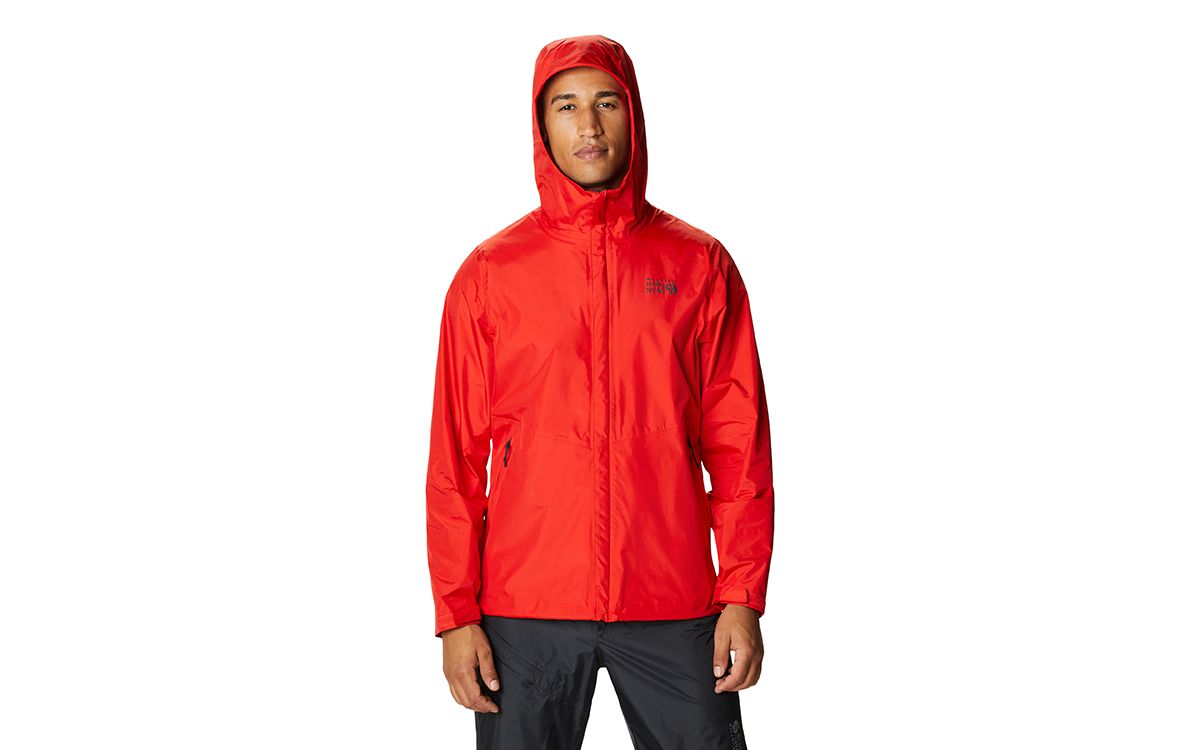
Mountain Hardwear
While Mountain Hardwear is actively working to make more of its products PFC-free, right now the only option is the Acadia line. These jackets, pants, and parkas are all made with recycled polyester and finished with a PFC-free DWR. The brand plans to transition more styles to PFC-free status as soon as spring 2022.
Nikwax
If the waterproofing on your current rain gear fails like it did for me, check out the series of restoration products from the company Nikwax. There are loads of spray-on and wash-in options to re-waterproof your stuff, and the company has been PFC-free since it was founded. These products are reliable, long-lasting, and environmentally friendly.
 The Magazine of The Sierra Club
The Magazine of The Sierra Club
